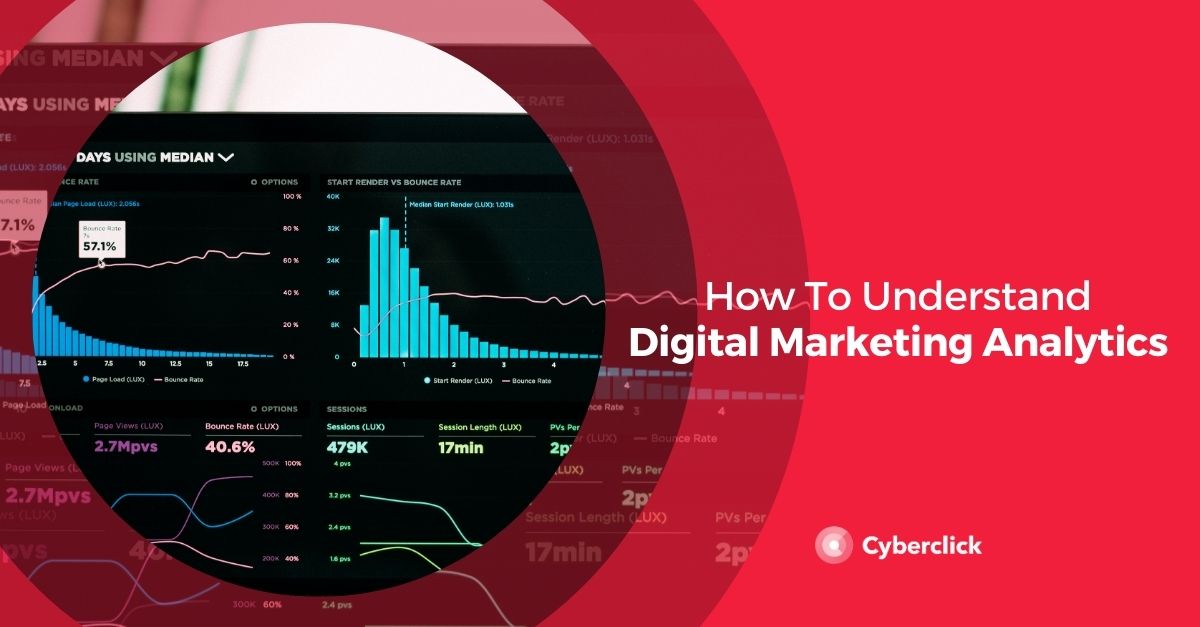In the world of digital marketing for startups, objectives are difficult to achieve if a new business is not able to communicate its message and value proposition to its target audience. In order to do this successfully, it's necessary to have a digital marketing plan which lays out your brand's objectives and strategies in the digital environment.
Having a clear plan helps startups communicate their unique selling point (USP) and connect with their target market.

Digital Marketing for Startups
1. Analyze Your Market
the first step is identifying the niche that you can actually reach. Start by analyzing the marketing environment to gain a clear overview of the current situation. An external analysis will prove important for contextualizing information and an internal analysis will serve to audit the online presence of your startup. it's also good to analyze the macro and micro environments.
When determining the macro-environment, take a look at the following:
-
PESTLE analysis. This identifies the political, economic, social, technological, legal, and environmental factors of your brand's environment.
-
Market Analysis. This is a qualitative study that collects the most relevant points about your potential customers or users (age, geographic location, sex, etc.) and the trends in the industry that your startup operates.
-
Competitive analysis. This involves gathering a representative sample of your competitors and then analyzing their most relevant strategies and actions in the digital sphere. There are a number of tools that can facilitate competitor analysis. It also means investigating the saturation of the market, value propositions, prices, and more.
The microenvironment consists of the company itself, its suppliers, marketing intermediaries, and customer markets (business markets, government markets, international markets, and more). Social media channels are also important here and should be analyzed to optimize your online presence. To better understand your microenvironment, you can take the following steps:
-
Web audit. Here, it's important to analyze aspects such as search engine positioning (SEO), user experience, design, and web architecture. Some useful tools that can help you carry out this analysis include Woorank, Metricspot, SEMrush, and Google Analytics.
-
Social media audit. Special attention should be paid to the metrics of your different social media accounts on Tiktok, Facebook, Twitter, and Instagram.
For a final evaluation of your marketing environment, a SWOT is your go-to tool. A SWOT analysis looks at the critical strengths, weaknesses, opportunities, and threats. Critical success factors are the strengths and weaknesses that have the greatest effect on an organization’s success. They are measured relative to competitors. Do you offer something different that makes you stand out?
2. Keyword Analysis
Once you've defined your niche and your target market, it's time to help people find you online. This is an important part of your social media strategy, content, and overall SEO.
Start with a basic list of keywords that clearly define your product. Then, expand it with secondary keywords and long tail keywords.
3. Define Success
Objectives are the most critical part of your online marketing plan. What you define as success, while it may be ambitious, must be realistic. Be consistent with the objectives. No matter how they are defined, the important thing is that they are achievable and linked to real growth.
Your digital marketing objectives have a direct relationship with the general objectives of your business. Google, for example, uses the OKR methodology to connect objectives to measurable results, enabling employees to collaborate and work together to achieve the goal(s).
- Objective. The first step is to define the goal(s).
- Key results. The following are a number of quantifiable key results that assist in achieving that objective.
4. Set KPIs
What metrics define success? Make sure the metrics are measurable and specific. Evaluating results is a crucial phase in any digital marketing strategy because this allows to see whether your objectives are being reached and, if not, what steps to take to change course.
In order to do all this, you must define a series of indicators or KPIs for each strategic point. The idea is that the KPIs are distributed throughout the conversion funnel from the first contact until conversion.
5. Define a Budget
One of the fundamental questions in any marketing strategy is how much to allocate for marketing.
Defining your budget requires comparing your income and expenses for the duration of your digital marketing plan (often between one and three years). Once you understand the cash flows, you’ll be able to establish your profitability threshold and an estimated ROI.
Responsable de la estrategia de contenidos y visibilidad en Cyberclick, con enfoque Allbound y especialización en posicionamiento SEO, GEO y automatización con IA. Gestión avanzada del CRM con HubSpot: base de datos, workflows, lead nurturing, scoring y reporting. Experiencia en marketing digital, comunicación corporativa y periodismo, uniendo estrategia, creatividad y tecnología para captar y convertir leads cualificados.
Responsible for content and brand visibility strategy at Cyberclick, with an Allbound approach and specialization in SEO, GEO (Generative Engine Optimization), and AI-powered automation. Advanced HubSpot CRM management: database segmentation, workflows, lead nurturing, scoring, and reporting. Background in digital marketing, corporate communications, and journalism—combining strategy, creativity, and technology to attract and convert qualified leads.






Leave your comment and join the conversation